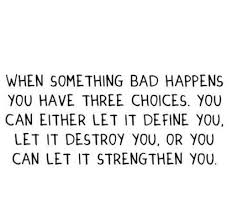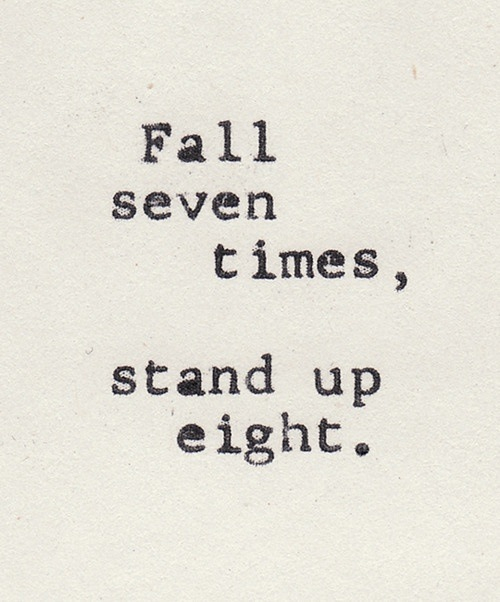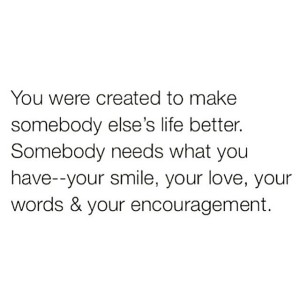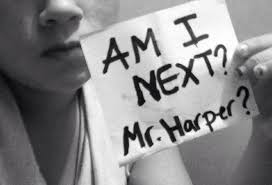
Often when we think of “Divine intervention” we think of things that are blessings, and when I say “blessings”, of course the mind instantly goes to GOOD things. So if divine intervention is always at work, how can it explain the shitty things that happen to good people? Moreover, what happens when multiple shitty things happen, all at the same time, all to a good person?
I believe I am a good person.
I have also always been a huge believer in karma.
That all being said, 2016 has yet to throw me a bone. Literally, it has been one really crappy thing after another, happening in rapid fire succession.
For personal reasons, I won’t go into too many of the “whats”, but I won’t be shy in saying I have been consumed by the “whys” in the last month and a half. This has literally been since I watched the documentary “The Secret” over the Christmas holidays…. you know, the one that says you can manifest any thought or dream in your head as long as you put it out to the universe with intention. Well, it’s a little too early to call B.S. on the Law of Attraction, but what should have been a turning point for me in bringing GOOD things into my life has brought exactly the opposite.
Or has it?
I guess it is all about how your frame it, and it wasn’t until Creator literally knocked me upside the head that I was able to see that, yes, even shitty things happen for a reason. It may not be ideal, but there is always some lesson we can take away from grief and loss.

The past few months I have experienced a great deal of sudden loss and grief. In fact, I was beginning to think that colleagues might start running in the other direction when they saw me coming in case my bad luck were somehow contagious. All along I kept thinking “I don’t think I can handle one more thing… maybe I need a stress leave?” Nope, said I. I can handle this mountain of tragedy myself. “Stress leave”? Pshhht… that’s is for amateurs…
Enter Divine intervention.
I was in gym class last Tuesday afternoon with my students who were warming up for floor hockey. I literally turned my back to the gym floor for a second to set something on the stage when I felt a massive blow to the back of my head.
My first sense was panic, it literally felt like someone came up behind me and swung at my head with a baseball bat. I turned around in shock, trying to see the baseball that hit me. There was no baseball… it was just your average floor hockey ball, which doesn’t seem that heavy or large until it is drilled into your skull.
Recently I heard an analogy around stress management, likening it to a pressure cooker. You literally need to let bits of steam out from time to time, because if too much pressure builds up inside the cooker it will literally explode very dangerously. Well I really underestimated how much stress had built up inside the pressure cooker in my head, because ever since my head injury, it has been like a giant faucet being turned on. I probably have cried more in the last week, that in the last 2 years combined, so much so that I even Googled to see if the spot that got hit was that part of the brain that controls emotions. Needless to say, I was diagnosed with a concussion and have been off work since, although I am very hopeful that tomorrow I will be able to return, at least for part of the day.
Now let me tell you that my normal ways of coping with stress are A) running B) playing hockey and C) throwing myself into work. I have not been able to do any of the three in the last 10 days. With no distractions, I have had nothing to do but do what my good friends Theo Fleury and Kim Barthel call “sitting with my shit”. They tell me in their amazing book “Conversations with a Rattlesnake” that sitting with your shit is an absolutely necessary part of the process when dealing with any type of trauma.
So what have I learned in 10 days of “sitting with my shit”?
- Forget the 600 Facebook friends one may have, it will be the small handful who will literally answer a text day or night that matter most. Thank you J, J, K and R
- There will always be those two or three friends who will be promoted to “family” in times like this. (see #1)
- There will be little random acts of kindness come your way from people you don’t think are watching or noticing. The little “get well soon” thoughts from people from school and acquaintances on Facebook have been heartwarming. I have also had amazing kindness from both of my kids’ schools. Unexpected, but very appreciated.
- You can’t just “shake off” or ignore a head injury. Forget about being my normal tough-girl self. It could very well be one of the hardest injuries to hide.
- There will always be people who accuse you of faking or attention seeking, because, quite frankly, there will always be people who will pay admission to see you get beaten down for any reason. Then there are those precious people who see you stutter, struggle to remember a familiar name or recall what you did on the weekend and won’t make you feel stupid about it. Trust me, as someone with a job that is almost 100% mental, not being able to retrieve words that are normally automatic is humbling. Thank God the right people help to make it less embarrassing.
- The “stuff” that led up to my head injury, in the big picture, when put COMPLETELY into perspective, really isn’t that Earth-shatteringly bad. I forced myself to think of my “best” and “worst” case scenarios moving forward, and the best case was amazing, while the worst case was definitely survivable. Why was I so worried then?
- I worry WAY too much!
So this morning as I drove my daughter to school, I smelled that familiar “maple syrup” smell from the heater that tells me that, on top of EVERYTHING else, I likely have an expensive car repair bill coming my way.
More significantly though, this has been the first time in over a week that shitty news hasn’t levelled me.
It took a little Divine intervention to get this girl to slow the heck down and remember who she is, and that her kids are watching and taking their lead from how she handles life’s crap. I’m my dad’s daughter, one tough cookie who has survived 44 years of struggle so far. No way any little coolant leak, or anything else, is gonna ruin my day.
I’m a Michaud, I’m built for this stuff.















































